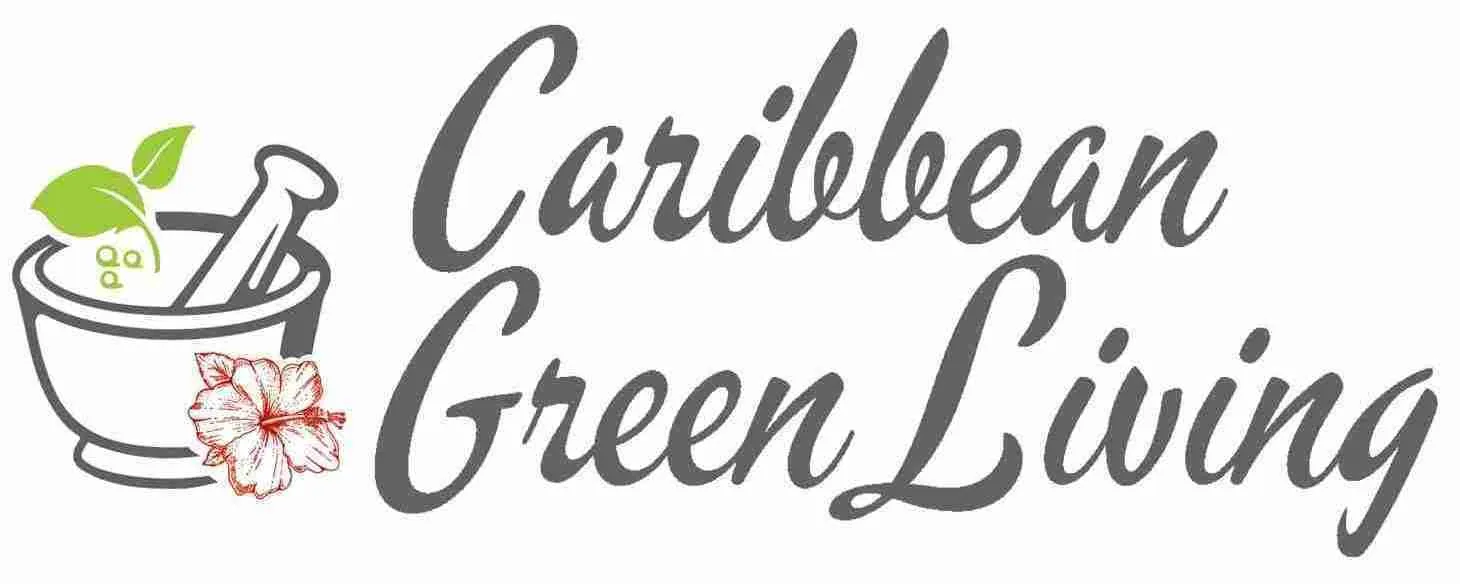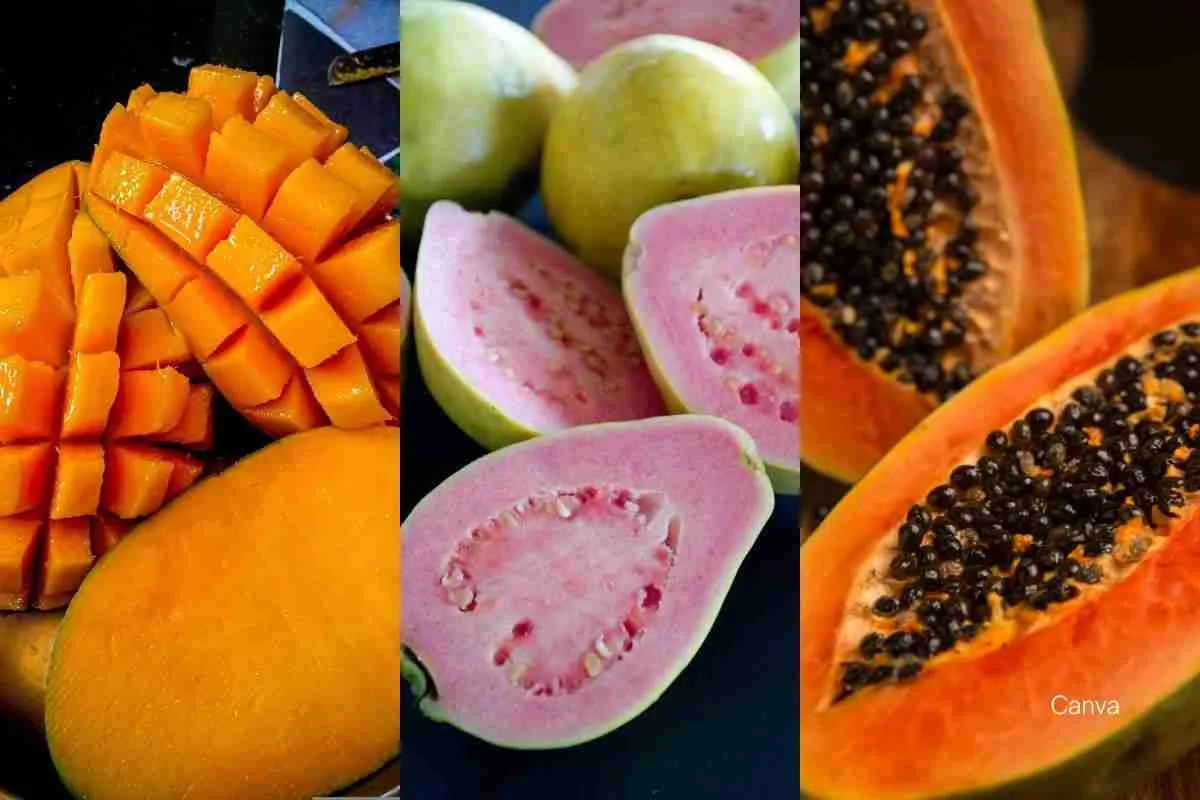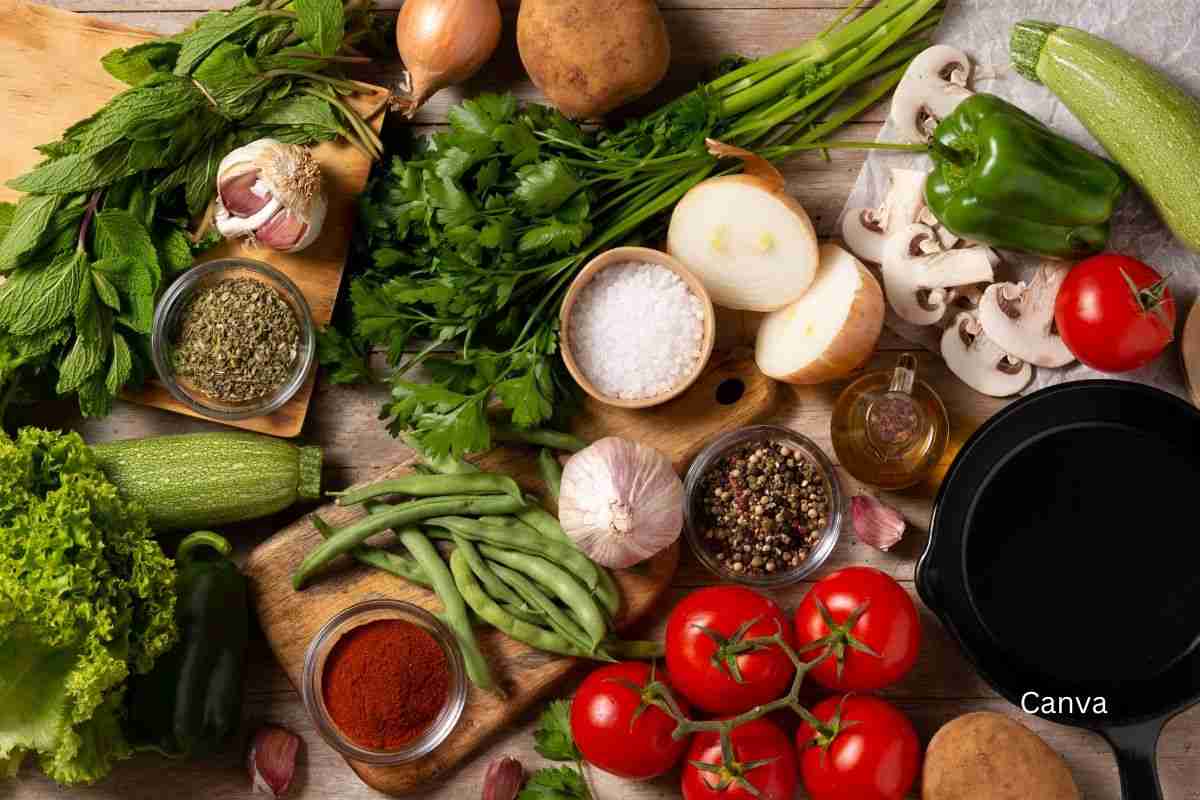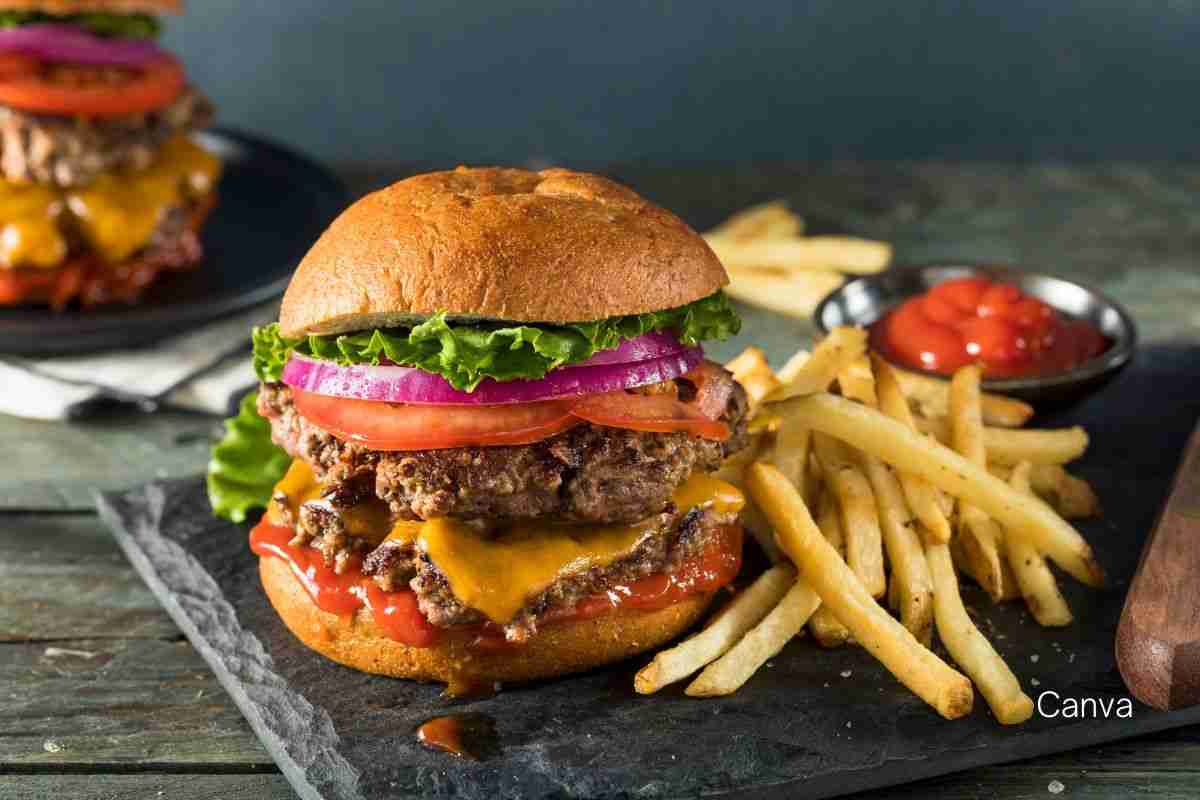Enjoy Your Favorite Foods and Keep Sodium in Check
Tired of feeling bloated and sluggish? Cutting back on sodium could be the answer. In this article, we’ll explore the connection between sodium and overall health, and provide practical tips to reduce your sodium intake without sacrificing flavor. From understanding food labels to mastering the art of seasoning, you’ll discover how to make informed choices and enjoy a healthier lifestyle
Understanding Sodium and Salt
Before we dive into lowering sodium intake, let’s clear up the difference between sodium and salt. Sodium is a mineral found in salt, along with chloride. It plays a vital role in our body, balancing fluids, nerve impulses, and muscle contractions.
Why Watch Your Sodium Intake?
While sodium is important, consuming too much can contribute to health problems like high blood pressure. This is why many people are looking for ways to enjoy their favorite foods while keeping sodium in check.
Reading Food Labels is Key
The first step is becoming a food label pro. Nutrition facts panels tell you the amount of sodium per serving. This helps you make informed choices and understand your daily sodium intake.

Cooking at Home Gives You Control
Preparing meals at home allows you to control the amount of sodium you add. Experiment with herbs, spices, and other flavorings to create delicious dishes without relying on salt.
Tips for Lowering Sodium When Cooking
- Read labels: Choose low-sodium versions of ingredients like canned beans and broths.
- Go easy on the salt shaker: Start with less salt and add more to taste. Your taste buds will adjust to lower sodium levels over time.
- Flavor with herbs and spices: Explore the world of herbs and spices! They add depth and complexity to your dishes without relying on salt.
- Rinse canned goods: Rinsing canned vegetables and beans can remove some of the sodium.
Eating Out? You Can Still Make Smart Choices
While you may not have the same control at restaurants, you can still make sodium-conscious decisions.
- Ask about sodium content: Many restaurants will provide information about the sodium content of their dishes upon request.
- Taste before adding salt: Many dishes are already well-seasoned. Add salt sparingly, or not at all, based on your taste.
Train Your Taste Buds
The good news is your taste buds are adaptable! The more you cook with less salt, the less you’ll crave it. Soon, you’ll enjoy the natural flavors of your food without needing a heavy hand with the salt shaker.
Scientific Evidence:
- Cite studies: Reference scientific studies that highlight the negative health effects of high sodium intake, such as increased risk of high blood pressure, heart disease, and stroke.
- Explain the mechanisms: Briefly explain how excess sodium affects the body, leading to fluid retention, increased blood pressure, and other health issues.
Practical Tips and Recipes:
- Sodium-Swapping Tips: Provide specific tips for substituting high-sodium ingredients with healthier alternatives, such as using herbs and spices instead of salt.
- Low-Sodium Recipes: Share a collection of easy-to-follow recipes that are both delicious and low in sodium.
- Grocery Shopping Tips: Offer advice on how to navigate the grocery store to choose low-sodium products.
Addressing Common Concerns:
- Taste and Satisfaction: Reassure readers that reducing sodium doesn’t mean sacrificing flavor. Explain how to train your taste buds to appreciate more subtle flavors and how to use herbs, spices, and other techniques to enhance the taste of food.
- Myth-Busting: Address common misconceptions about sodium, such as the belief that sweating eliminates excess sodium.
By incorporating these additional elements, you can create a comprehensive and informative article that empowers readers to make informed choices and improve their health.
Healthy Eating Doesn’t Mean Giving Up Your Favorites
The key to enjoying your favorite foods and managing sodium intake is moderation and creativity. Explore new flavors, cook more at home, and make informed choices when eating out.
A Final Note
While this article provides tips, it’s not a substitute for professional advice. Consult with your doctor for personalized recommendations on managing your sodium intake.
Bonus: Explore Our Low-Sodium Recipes!
Looking for inspiration? Check out our collection of delicious and healthy recipes that are lower in sodium.
Sources:
- https://www.mayoclinic.org/healthy-lifestyle/nutrition-and-healthy-eating/in-depth/sodium/art-20045479
- https://www.heart.org/en/healthy-living/healthy-eating/eat-smart/sodium/how-much-sodium-should-i-eat-per-day
Originally published March 2, 2016. Updated September 3, 2002. Updated and republished.







I try to use other seasonings besides salt.
Hi Julie! That’s a good way to avoid salt. Also, don’t forget to read the labels – sometimes the mixed seasoning have salt in them. Thanks for your comments. :)